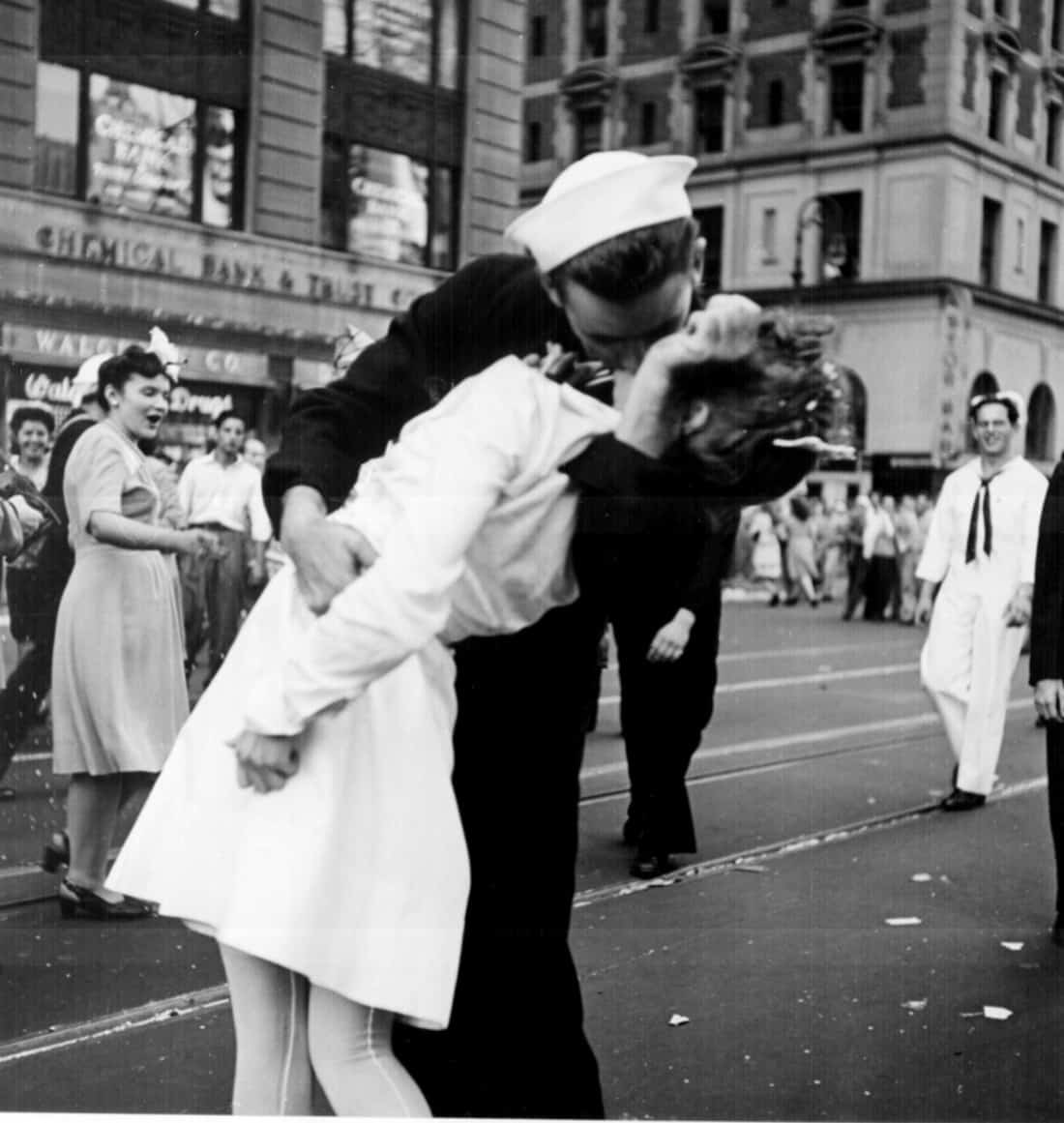The 8-Minute Rule for Framing Streets
The 8-Minute Rule for Framing Streets
Blog Article
Little Known Facts About Framing Streets.
Table of ContentsThe smart Trick of Framing Streets That Nobody is Talking AboutThe 9-Minute Rule for Framing Streets4 Easy Facts About Framing Streets ExplainedFraming Streets Can Be Fun For EveryoneEverything about Framing StreetsThe 10-Second Trick For Framing Streets
, usually with the goal of catching pictures at a definitive or emotional minute by cautious framework and timing. https://www.openstreetmap.org/user/framingstreets1.
, who was motivated to carry out a comparable paperwork of New York City. As the city established, Atget helped to promote Parisian roads as a worthwhile topic for photography.
What Does Framing Streets Mean?
The chief Mass-Observationists were anthropologist Tom Harrisson in Bolton and poet Charles Madge in London, and their very first report was created as the book "May the Twelfth: Mass-Observation Day-Surveys 1937 by over two hundred onlookers" [] Home window cleaner at Kottbusser Tor, Berlin, by Elsa Thiemann c. 1946 The post-war French Humanist Institution photographers discovered their topics on the street or in the restaurant. In between 1946 and 1957 Le Groupe des XV every year showed job of this kind. Andre Kertesz. Circus, Budapest, 19 May 1920 Street digital photography formed the significant content of 2 exhibitions at the Gallery of Modern Art (Mo, MA) in New york city curated by Edward Steichen, Five French Digital Photographers: Brassai; Cartier-Bresson, Doisneau, Ronis, Izis in 1951 to 1952, and Post-war European Photography use this link in 1953, which exported the principle of road photography worldwide.

Getting My Framing Streets To Work
, then an educator of young youngsters, connected with Evans in 193839.'s 1958 book,, was substantial; raw and usually out of focus, Frank's images examined conventional photography of the time, "challenged all the formal regulations laid down by Henri Cartier-Bresson and Walker Evans" and "flew in the face of the wholesome pictorialism and wholehearted photojournalism of American publications like LIFE and Time".
Report this page